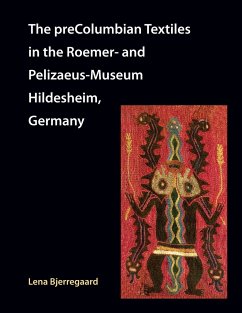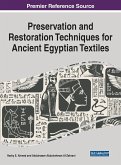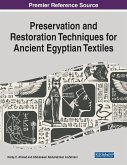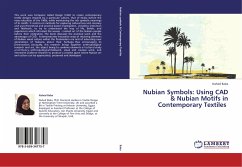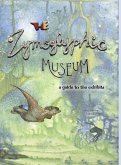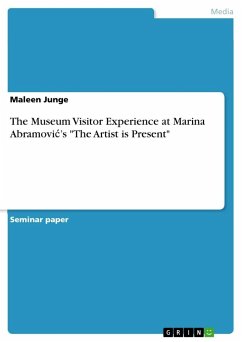Textiles were highly valued objects in ancient Peru - used for expressing status and diverse messages in these non-literate but highly organized and very developed cultures. The preColumbian peoples had access to exquisite materials: the local fibers were camelid fibers (alpaca and vicuña), cotton and plant fibers (agave, for instance). The ancient Peruvians were also master dyers and have for thousands of years dyed their yarn with indigo blue, madder red, cochineal red, sea snail purple and yellow from many kinds of plants. And so they produced some of the finest, most beautiful and most interesting textiles in the world. Instead of writing, they kept the order in their world encoded in textile fibers. The Roemer- and Pelizaeus-Museum in Hildesheim houses a collection of 405 preColumbian textiles. Most of them are fragments, but a few complete pieces are present. I have chosen 133 pieces for this publication, to represent the collection at its best.

